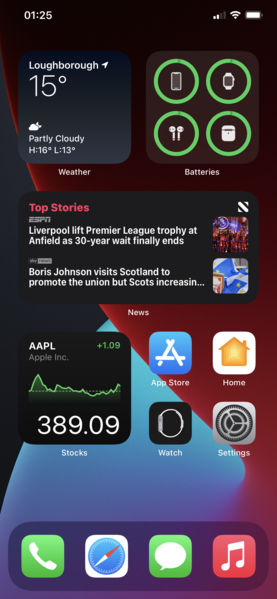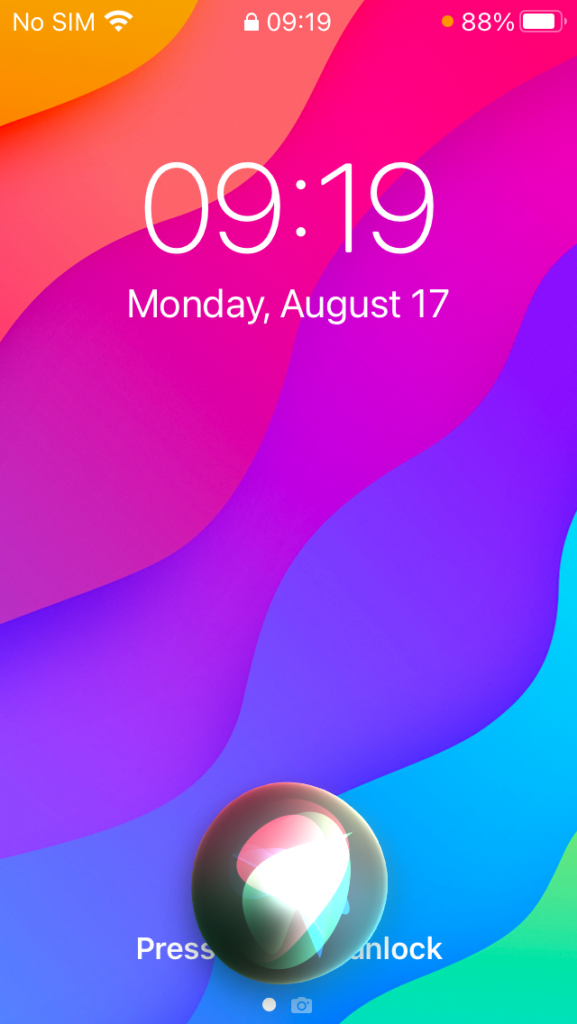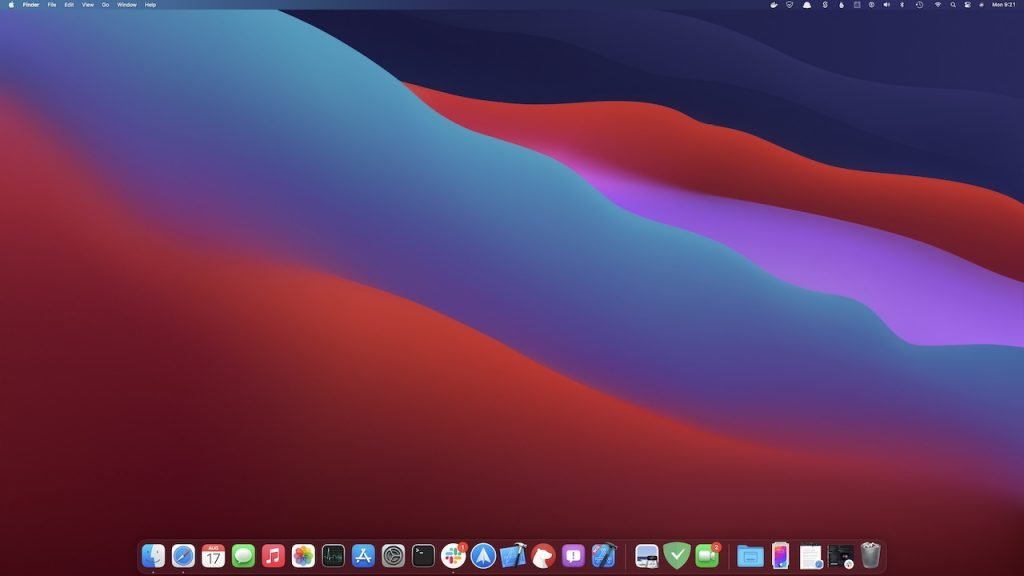
Chips, Clips & Widgets – Big changes from Virtual WWDC 2020
For those of us heavily invested in iOS development, it was unfortunate to have to miss this year’s Apple Worldwide Developers Conference 2020 (WWDC 2020) in person. It’s just as much a chance to connect directly with iOS developers as it is to find out what Apple has in store for us.
Just the same, Apple announced, via virtual conference, a lot of things we can feel excited about. Some things have the potential to really shift the way we create software.
Here’s you need to know about what Apple revealed to us about what they’ve been working on.

iOS 14 gives us a lot more smart, a little bit less phone
Far and away, the most exciting announcements from Apple are coming in with iOS 14. WWDC 2020 appears to be the year where having a big screen has become a central issue for iPhone design. Likewise, the iPhone is less about making calls and more about having a small, smart device in your pocket. This is perhaps best demonstrated by phone calls no longer taking up the whole screen when in use (Siri doesn’t either).
Here’s a few other things that are going to matter with iOS 14 that we’ve found in the beta version:
Some of the best ideas come from your competition
With this rethink about what the phone screen is for, Apple offers things that will be familiar to Android users: widgets, app clips, and default app selection.

Widgets
This feature is one Android users have been able to enjoy for years, and now it’s coming to Apple - especially for the iPhone. This makes sense with the purpose of the iPhone being less about making calls. The iPhone has become more of a source of information that you can easily place at. These widgets will come in all kinds of sizes and, will look better than anything we’ve ever had in older iOS versions. Additonally, the iPhone will even be able to stack widgets on the app screen intellegently, based on user behavior and settings.
SwiftUI continues to improve at WWDC 2020
SwiftUI is now a year old. And at WWDC 2020 they announced new improvements and additions for the new releases. You can build an entire app now within SwiftUI, without needing to resort to any of the older APIs. With the introduction of widgets and build complications, Apple made WidgetKit available only via SwiftUI, their API for building Widgets.
If you are interested in learning more about SwiftUI from WWDC 2020, check out our episodes with Majid Jabrayilov on EmpowerApps.Show.
Apple has designed their widgets to be flexible and compatible across all their devices. So the small widget is conveniently the same size as the standard watchOS interface. While the large version of the same widget could fit comfortably on an iPhone, iPad, or Mac. It’s your choice as a developer in which sizes you want to support. On top of that, Apple enabled the use of “stacks” and “smart stacks”. These "stacks" allow you to layer different widgets over each other and order them according to user preference and behavior.
App Clips
Another smart idea that is coming over from the Android world is App Clips. App Clips are basically “previews” of full apps. They enable you to quickly download and temporarily check out an app. For instance, you want to try a new food delivery app. You may not want to compare it against the one you already have. Additionally, you may only use the app one instance and never need it again. You can use the App Clip to try it out and decide if you want to keep it. This reduces cluttering up your phone app screens and data storage.
Default Apps
It boggles the mind that we’ve never been able to choose which app runs by default when opening files or doing routine tasks on the iPhone (something that Android and Mac users take for granted). Now we will on iOS 14, and that can only be a good thing, for developers and consumers alike.

Apple Silicon: New chips for a new era for the Mac
After years of using Intel-built processors for the Mac, Apple is transitioning to using their own Apple Silicon CPUs. This is a monumental shift for Apple. They’ve already demonstrated that these 64-bit ARM-based chips can easily match the speed of comparative Intel chips while drawing less power on other devices.
What we can expect in the next 10-15 years are Macs that have better performance per watt and high-performance GPUs. This is all great news for app developers, especially for those making professional apps and games. While it will take some time for these new chips to roll out, we can expect they’ll be everywhere within two years.
macOS 11 at WWDC 2020
Aside from the new chips, the new version of macOS, known as Big Sur, features a UI redesign. The redesign is in line with the updates I mentioned above with iOS and iPadOS (widgets, better navigation). There’s also changes to Safari Web Extensions, allowing you to set when and where an extension is used in Safari, as opposed to simply being “on” all the time.
If you are interested in learning more about changes to macOS from WWDC 2020, check out our episodes with Lucas Derraugh on EmpowerApps.Show.
After WWDC 2020, Privacy Policy Now A Must-Have
App developers now must include a privacy policy with their apps. Additionally, Apple has gone to a lot of effort to make this clear and concise. I think we can all agree that anything that makes our apps earn more trust from users should always be a high priority.
Amongst other things, users will be able to set how precisely an app can see their location. It will also be clearer how apps use different parts of the hardware, such as the microphone or camera.
iPadOS 14 also seeing some great new features
Much like iOS 14, iPadOS 14 is getting a few nice updates to its features. The ones I think that are worth paying attention to include UI improvements. Most importantly, these introduce sidebars that make the interface navigation much easier to use (similar to macOS), as well as the widgets included on the iPhone. There are also updates to the platform’s LiDAR scanner, which will be helpful for those of developing apps that need to measure distance. Lastly, Apple made a big improvement to the Apple Pencil with Scribble. Scribble has the ability to convert written notes to typed text and recognize basic drawn shapes. This could be amazing for people, who prefer the tactile experience of writing by hand, for notes or marking up documents quickly.
With WWDC 2020, the future of Apple app development looks bright
WWDC is almost always an exciting event, and this year was no exception, despite none of us being able to attend in person. There are some really clear, intelligent changes coming to Apple and its platforms. These changes are going to make building apps faster and easier. They will also open us up to including some great functionality that we’ve never had before.
Is your app ready for these changes?
All of these announcements from WWDC 2020 mean things are changing for how we develop or update apps for the Apple ecosystem. If you're ready to explore what it will take to make your app idea a reality or to update your existing app for this year, contact me to learn how I can help you and get you a free estimate.